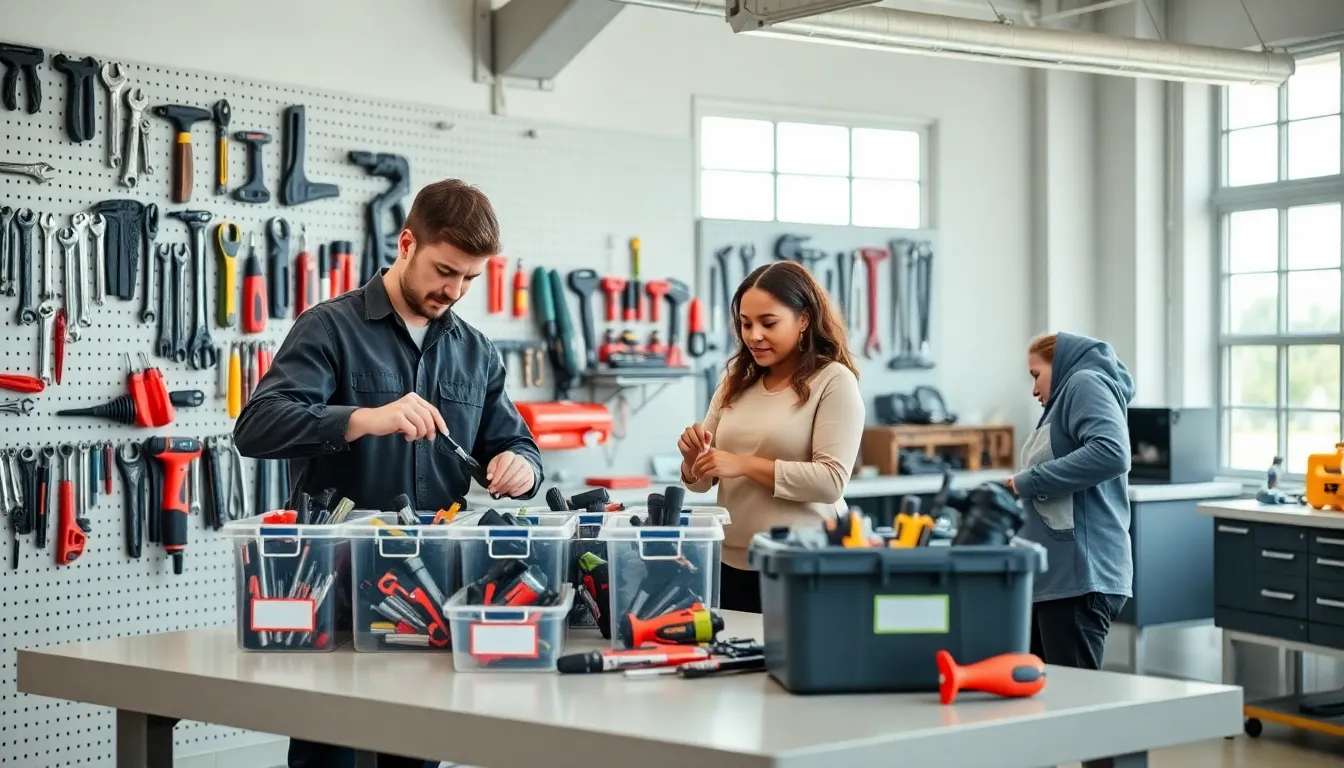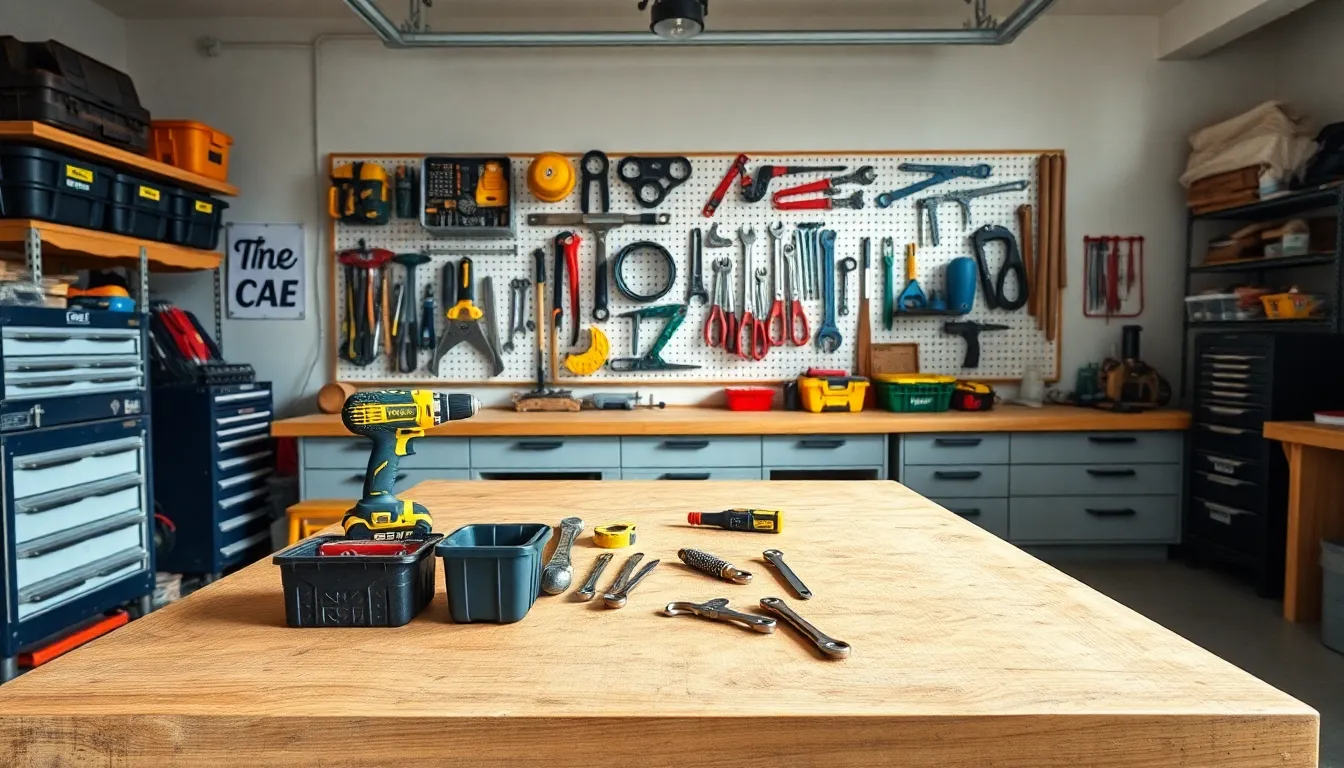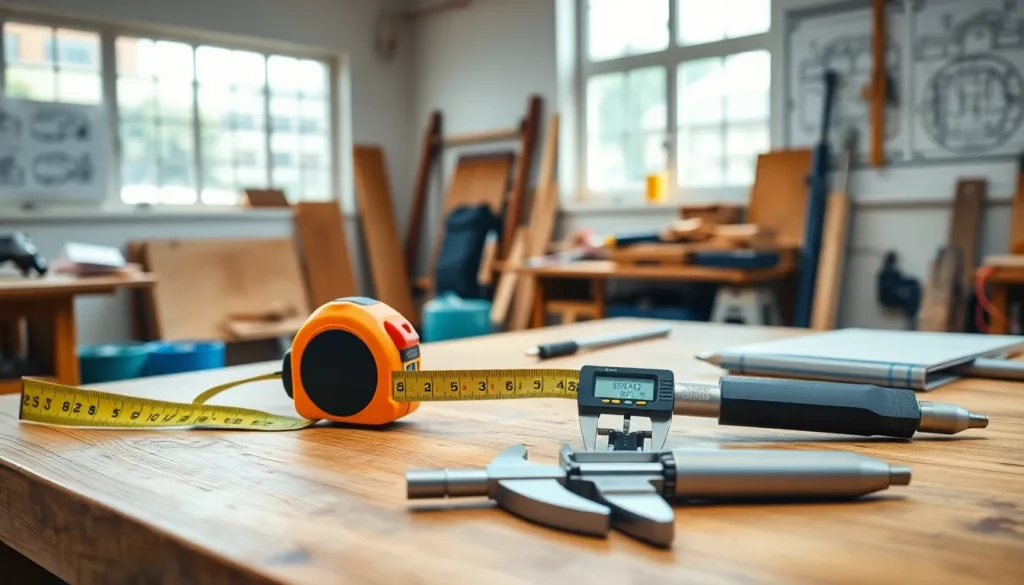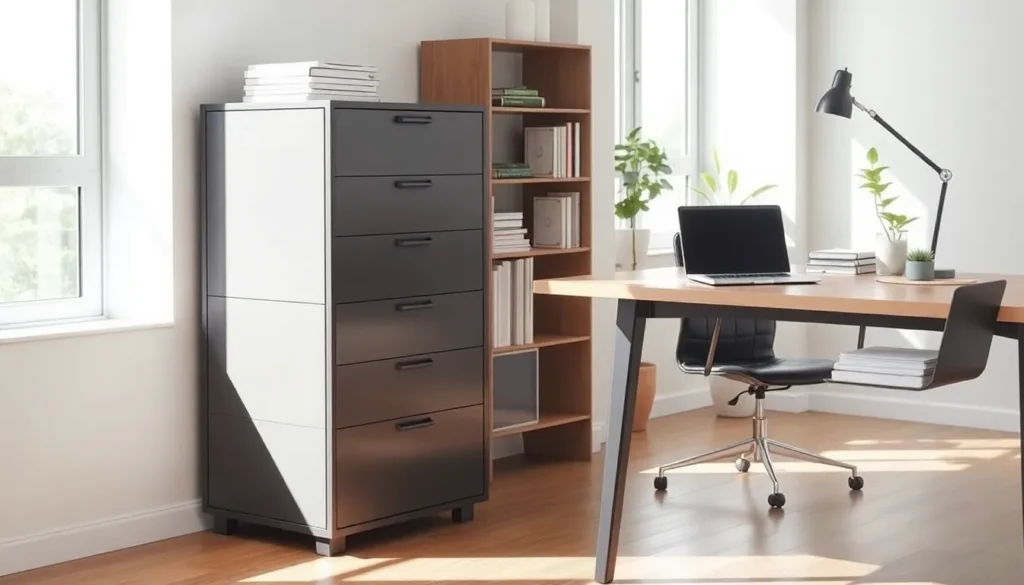Picture this: It’s Saturday morning. You enter your workshop, eager to tackle that list of projects you’ve been putting off. But wait, where’s the drill? Ever experienced that sinking feeling when tools seem to vanish like socks in a dryer? Organizing your workshop isn’t just about looking good: it’s about efficiency, productivity, and sometimes, saving your sanity. In this guide, we’ll break down how to transform your chaotic tool haven into a well-oiled machine. Let’s jump into the art and science of workshop organization, because your tools deserve better.
Table of Contents
ToggleWhy Organizing Your Workshop Is Important

Organizing your workshop serves multiple purposes, all which contribute to a more pleasant working environment. First off, it boosts productivity. When tools are easy to find, time isn’t wasted searching for that stray screwdriver hiding under a pile of sawdust. Think about it: you wouldn’t expect a chef to work efficiently in a cluttered kitchen, right? Likewise, a tidy workshop keeps creative juices flowing.
Also, organization enhances safety. Tools scattered everywhere can lead to accidents and injuries. By having designated spaces for each tool, hazards diminish. Also, taking the time to organize helps protect your tools from damage, extending their lifespan and eventually saving you money.
Finally, an organized space promotes a sense of pride. Stepping into a clean, well-kept workshop inspires confidence and creativity. Your workshop is your sanctuary: treat it with respect.
Assessing Your Tools and Space
Before diving into organization strategies, it’s crucial to assess what you have and the space you’re working with. Start by making a list of all your tools. Yes, that means every wrench, hammer, and glue stick. You might be surprised by how much you own.
Next, take a good look at your workshop’s layout. Is it spacious or cramped? Are there shelves that go unused? Analyze the flow of your workspace: how do you move between tasks? Understanding this will help in deciding how to best arrange your tools.
Once you’ve completed this assessment, it’s time to strategize. Keep the frequently used tools in the most accessible areas. Consider ergonomics: the less you strain, the more enjoyable your projects become. Whether it’s a push cart for portable tools or specific drawers for others, getting a layout down is essential for effective organization.
Choosing Organizational Systems
Choosing the right organizational system is the backbone of a well-organized workshop. Storage solutions vary widely, so consider what works best for your unique collection of tools.
Effective Storage Solutions
Shelving units, pegboards, and tool chests are some popular options. Pegboards are particularly valuable since they maximize vertical space, allowing tools to hang where they’re easy to see and reach. On the other hand, a rolling tool chest can accommodate a large assortment of items while still being mobile.
Drawer organizers are another fantastic solution for smaller tools. Grouping similar items makes finding them quicker and less frustrating. Plus, clear bins offer an effective way to store larger tools, allowing you to see what’s inside without digging through boxes.
Labeling Your Tools for Quick Access
No organization system is complete without proper labeling. Label shelves, bins, and drawers so everyone knows where to find each tool. This eliminates the “where did I put that?” dilemma once and for all. You can use a label maker for a polished look or simply write on masking tape for a quicker fix. Either way, labeling offers quick access and keeps the chaos at bay.
Creating Zones For Specific Tasks
Creating zones in your workshop can drastically improve your efficiency. By designating areas for specific tasks, you can streamline your workflow. Think of your workshop as a well-oiled machine, where every component knows its role.
For example, one area can be dedicated to woodworking, while another might focus on metalworking or electronics. Having specific zones reduces clutter and prevents the mingling of tools that belong in different parts of a project.
Consider adding a mobile workstation if space permits. This versatile piece can easily move with you, allowing for flexibility in your layouts. Grouping tools by their function, cutting, sanding, drilling, yet again makes access easier and reduces time wasted looking for the right tool.
Maintaining Your Organized Workshop
Creating an organized workshop is only half the battle: maintaining it is just as crucial. Establish a habit of putting tools back immediately after use. This simple rule goes a long way in keeping your space tidy.
Also, periodically assess your tools and spaces. Are there tools that you rarely use? Consider donating or selling them. An effective workshop is one that evolves with your needs. Annual spring cleaning sessions can also be a beneficial tradition: they provide a fresh perspective on your space and tasks.
Finally, involve others who use the space. Lay down ground rules for maintaining organization, ensuring everyone whose hands are in the workshop knows how to keep it tidy. Teamwork in workshop organization leads to a space that’s collectively cared for and respected.










